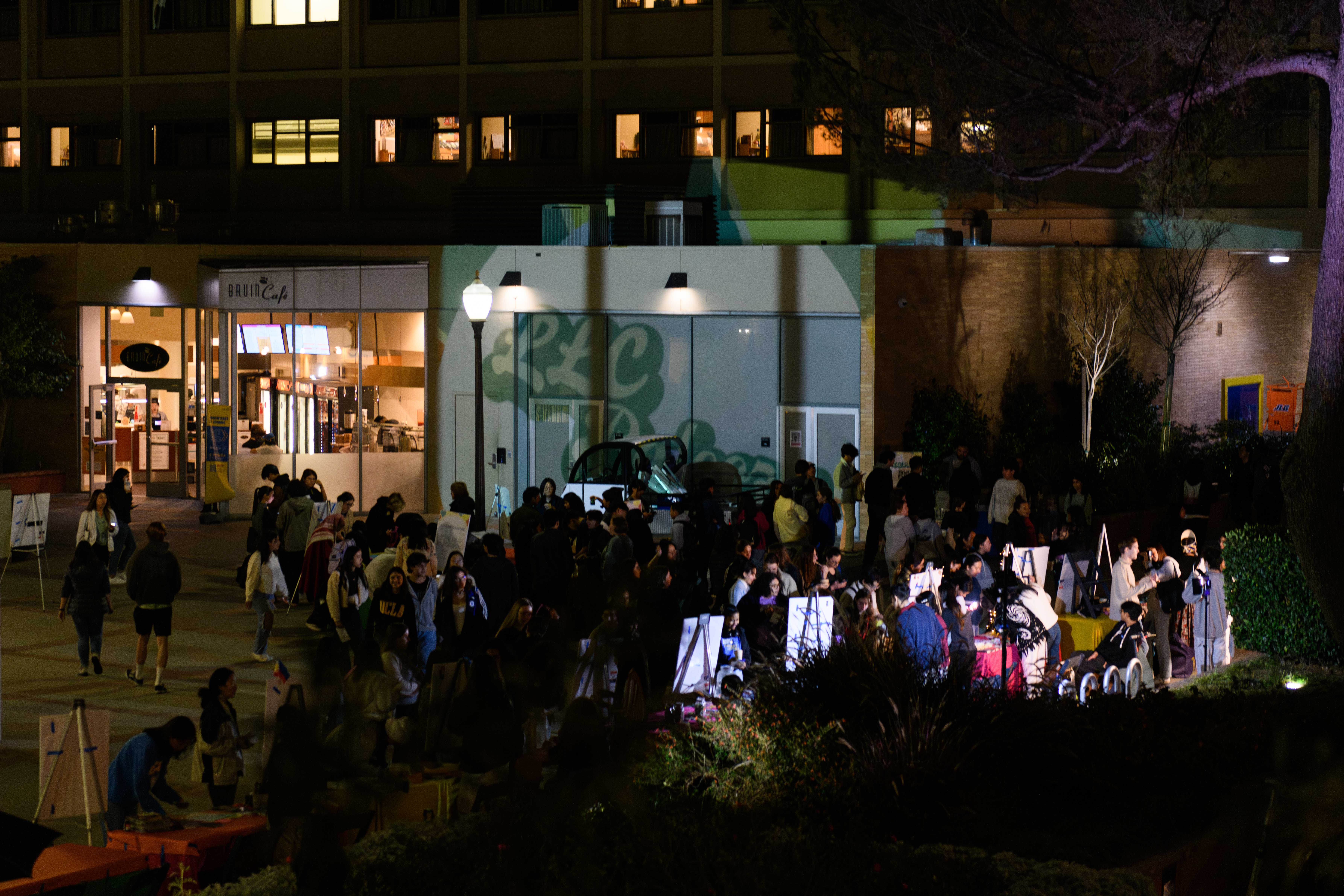Alumnus Shizu Saldamando recognizes community importance, diversity in artwork
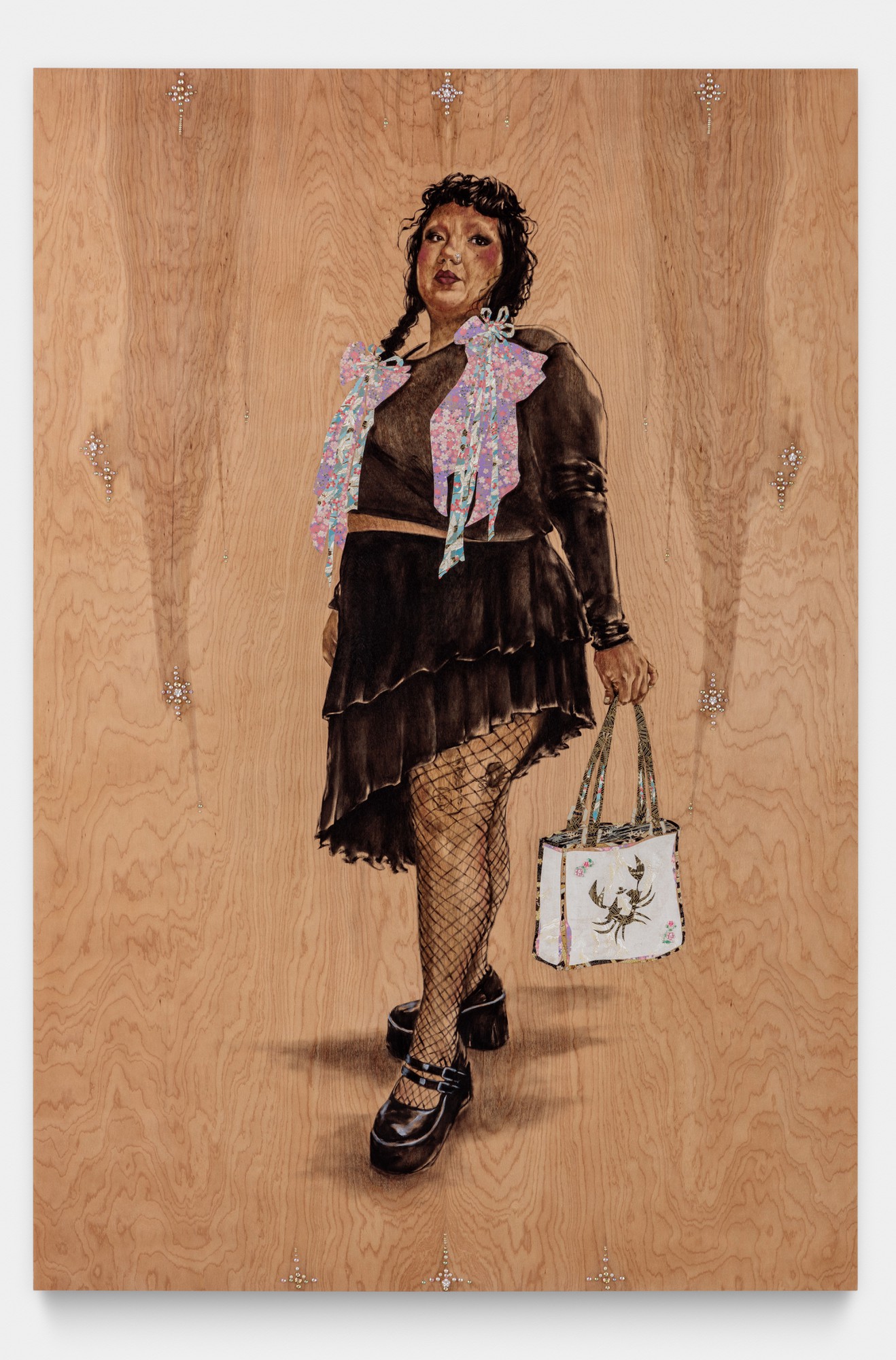
Shizu Saldamando’s “Portrait of Gabriela Ruiz” is six feet by four feet and uses oil paint, rhinestones and collage techniques on a wood panel. The alumnus was recently awarded with a grant from the Trellis Art Fund, a New York-based private foundation. (Courtesy of Joshua White Photography)
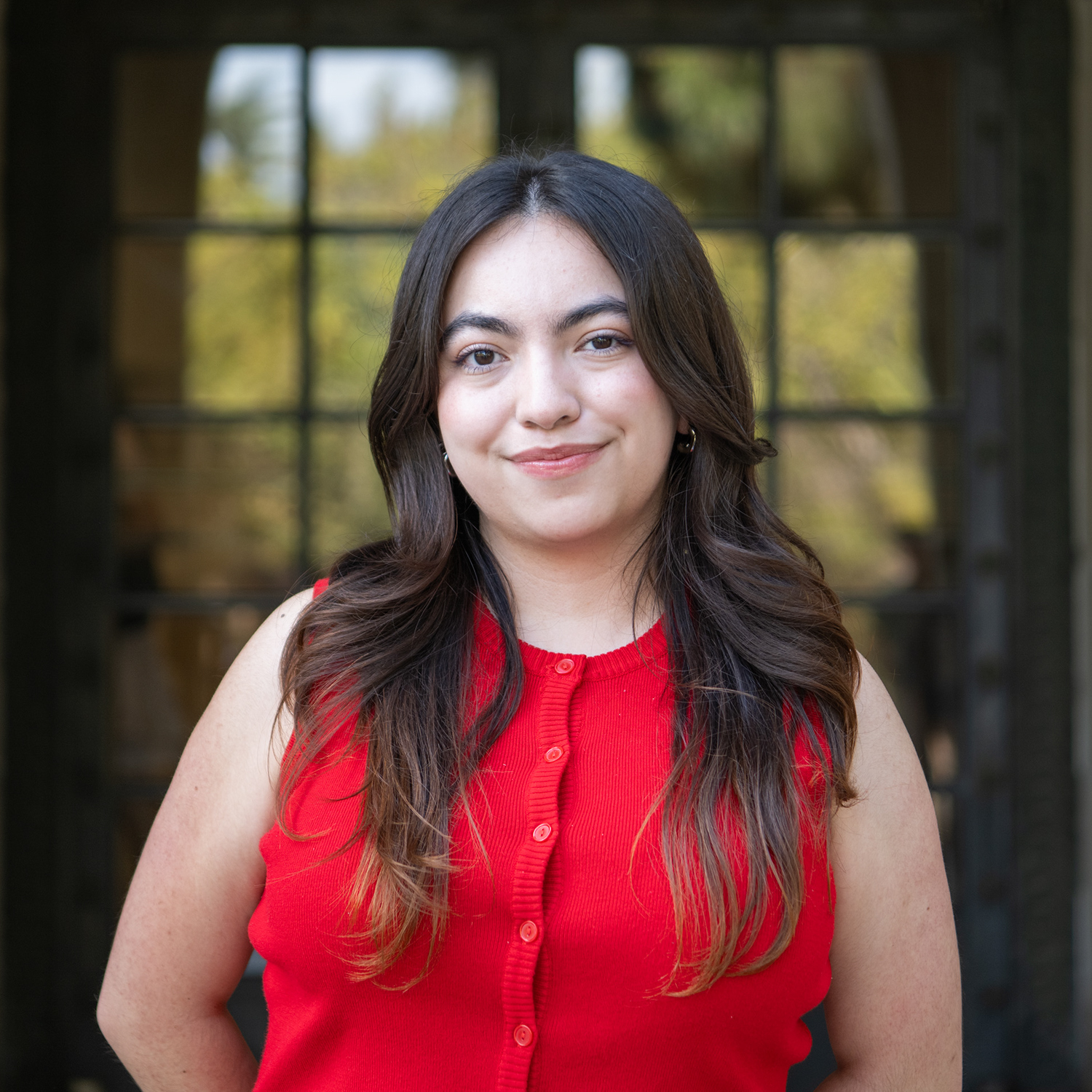
By Ana Camila Burquez
Aug. 19, 2024 9:04 p.m.
With every piece, Shizu Saldamando highlights the beauty of human connection.
With work ranging from sculptures to videos to portraits, Saldamando said her pieces depict the people surrounding her and demonstrate the importance of communities. The alumnus and artist at Los Angeles’ Charlie James Gallery said they use their work as a way to honor those around them, expressing that all identities are worthy of being portrayed in art.
“I’m honoring a whole group, like a lot of my friends, the people that I interact with now,” Saldamando said. “I’m not trying to glorify that experience, I’m just trying to humanize it.”
Saldamando said a relationship with art has always been present in her life. The California-based artist added that they began drawing and sketching from an early age when accompanying their mother to work, making portraits with the available office supplies, such as ballpoint pens. This technique can still be seen in some of her work today, she added.
[Related: UCLA alumni fuse internet, sublime in Fellows of Contemporary Art summer exhibit]
As for their experience in art school, both at UCLA and in graduate school, Saldamando said they were one of the few Latinx students in these programs. She said she also found small communities both on and off campus where she could better connect with people from different backgrounds. These communities, such as the East Los Angeles community arts center Self Help Graphics, had a great impact on their art, Saldamando added, as it allowed them to take everything they learned at school and apply it to their portrayals of these diverse spaces.
“If anything, my kind of alienation (in graduate school) or in other academic settings really solidified my belief in doing work that I felt released, I felt a love for, or was inspired, rather than an alienation or reaction,” Saldamando said.
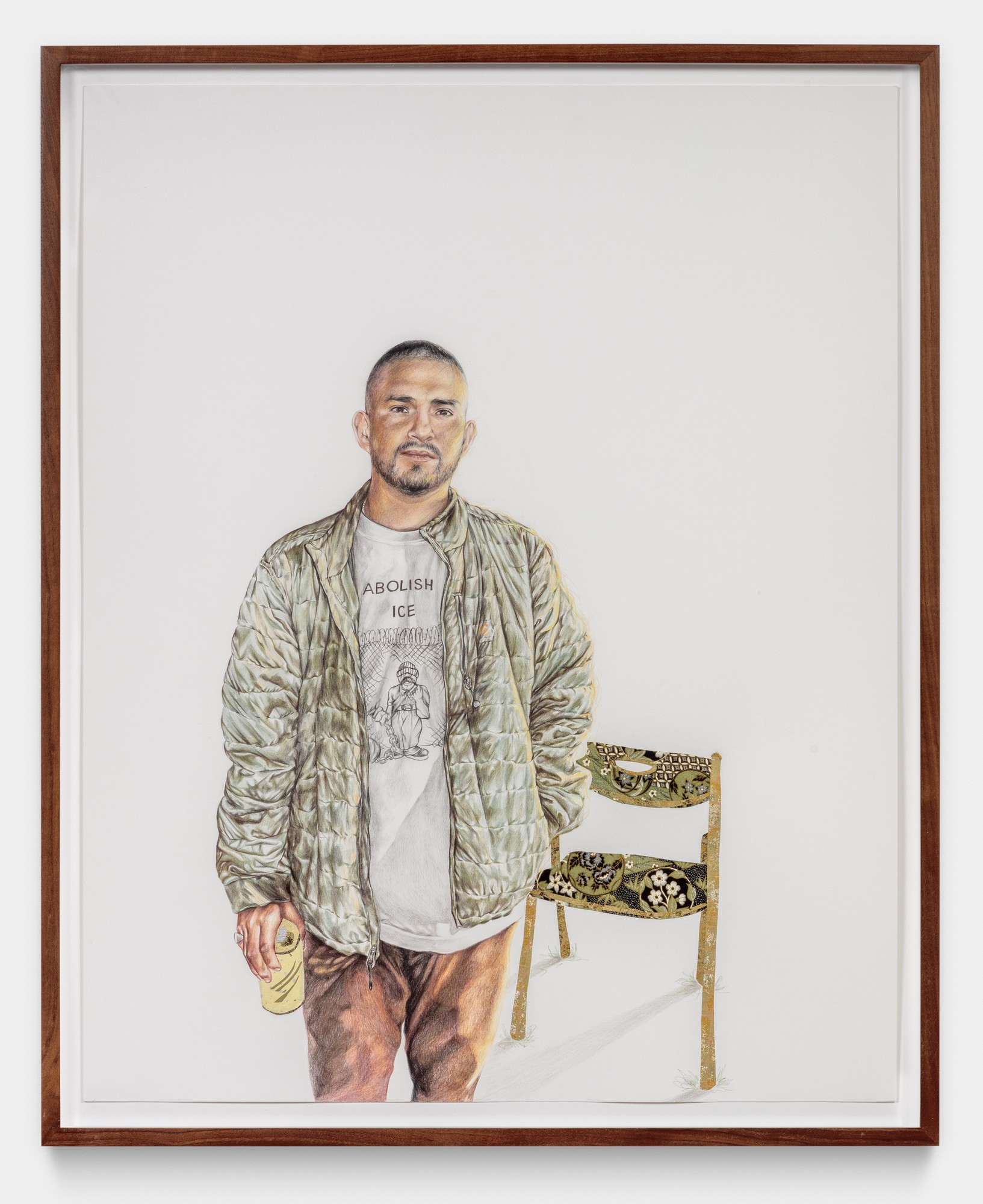
Recently, Saldamando became one of the 12 awardees receiving a grant from the Trellis Art Fund, a private organization whose goal is to support creative individuals. Saldamando said having this economic aid allows her to have the stability to momentarily not have to rely on other occupations such as teaching or tattooing, offering her more flexibility to create as much art as she wants whenever she has free time.
In their early work, Saldamando said they were heavily influenced by the punk and goth scene. Inspired by the community and the impact music had on its members, she said she would take pictures and make portraits of people in social spaces such as clubs and concerts. Although they said they are not currently as involved in this subculture, they still seek inspiration from those around them and depict friends and colleagues often.
“I think I was more interested in the community of people that came together to a mutual sort of cathartic release that music often enables,” Saldamando said. “That was really important to me, to depict friends and people in these communities, punks and goths and people that were my tribe that I wasn’t seeing represented at all in art or mainstream media.”
Ever Velasquez, an associate director of Charlie James Gallery and Saldamando’s friend, said her experience as a subject of some of Saldamando’s pieces has always been positive as she finds the alumnus honors her features. By comparison, other artists in the past have altered her appearance to try to westernize her looks, Velasquez said.
“She captures your true essence,” Velasquez said. “I think that’s important when it comes to looking at your face. That’s not just your face. That’s the face of your generation before you.”
[Related: Wantong Yao expands artistic audiences through simulations of family, identity]
Besides portraiture, Saldamando said floral pieces are another common element in her work. The alumnus said they are a descendant of victims of the Japanese American internment camps during World War II. For Saldamando’s relatives, whenever there was an occasion where flowers were customary, people would instead construct paper flowers due to a lack of living flora, she said. Honoring this practice, Saldamando said they add these floral symbols to their work as a memorial piece, representing the violence that still exists in the world and contrasting the imagery with the celebratory message of the portraits.
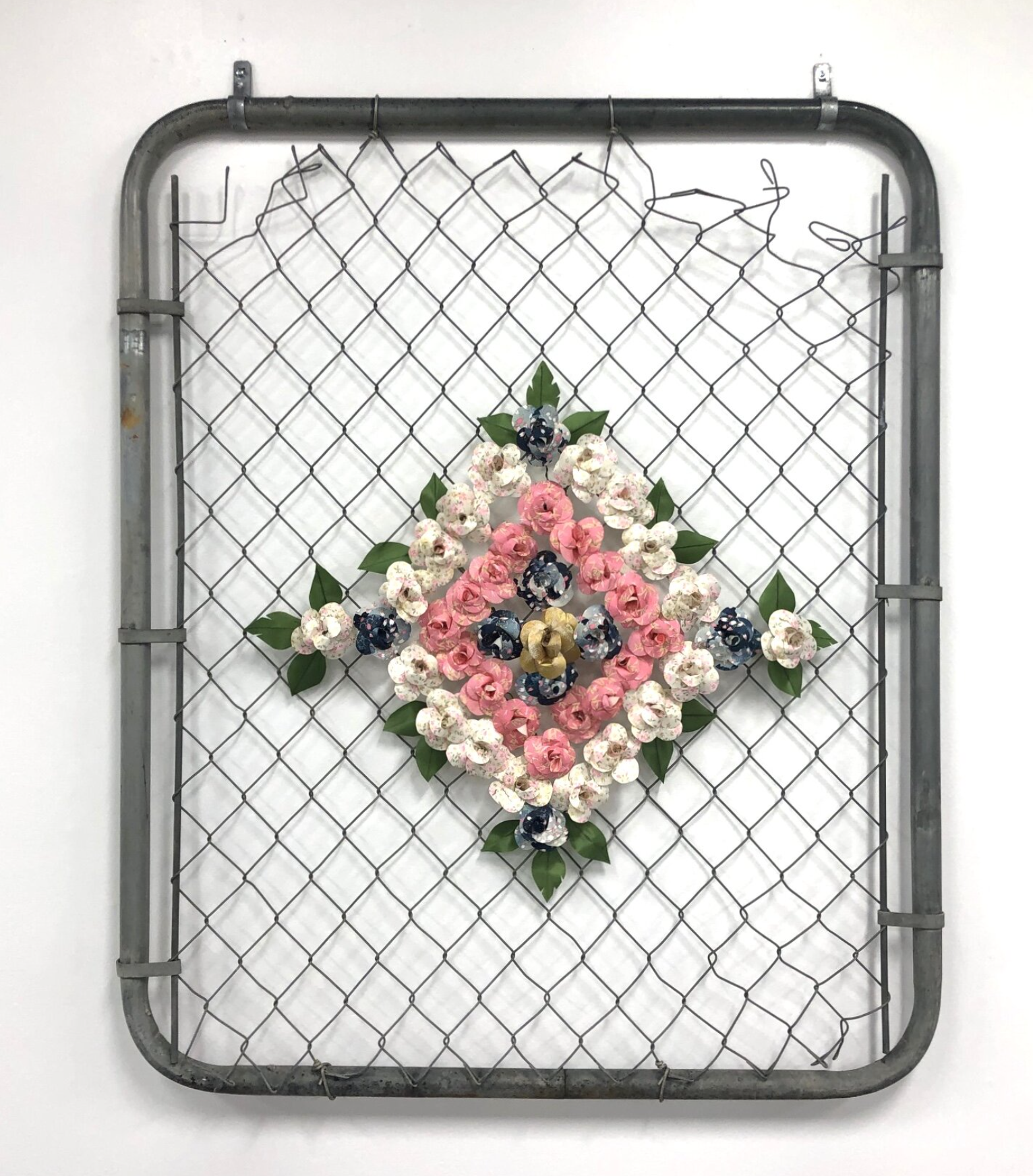
Saldamando said there is no predictable pattern determining how she selects the materials to use for new pieces, as her choice of medium is influenced by the subject of each work. On other occasions, it has to do with the message. For example, they said they have recently been working on wood panels that allow the wood pattern to come through the paint. Saldamando said she believes this a better representation of identity as people are not trapped in painting, showing how individuals are constantly changing through their experiences.
As for their goals, Saldamando said they hope both those represented in their work as well as viewers are able to connect to the human aspect of their pieces, understanding everyone is worthy of being depicted in art. Betty Avila, an art collector and tattoo client of Saldamando’s, said the artist’s work highlights people from many different backgrounds, often providing representations of other artists, from those breaking their way in the industry to those that are already more established. Avila said Saldamando’s work is crucial, as she is someone who depict environments she knows firsthand to ensure a fair representation of these spaces.
“What’s important about somebody like Shizu representing this type of portraiture work is that she is not an outsider looking in,” Avila said. “In Shizu, you have somebody who is either of these spaces or is an advocate, an ally of these spaces or communities in a really genuine, authentic way, and I think that’s the difference in her approach.”



